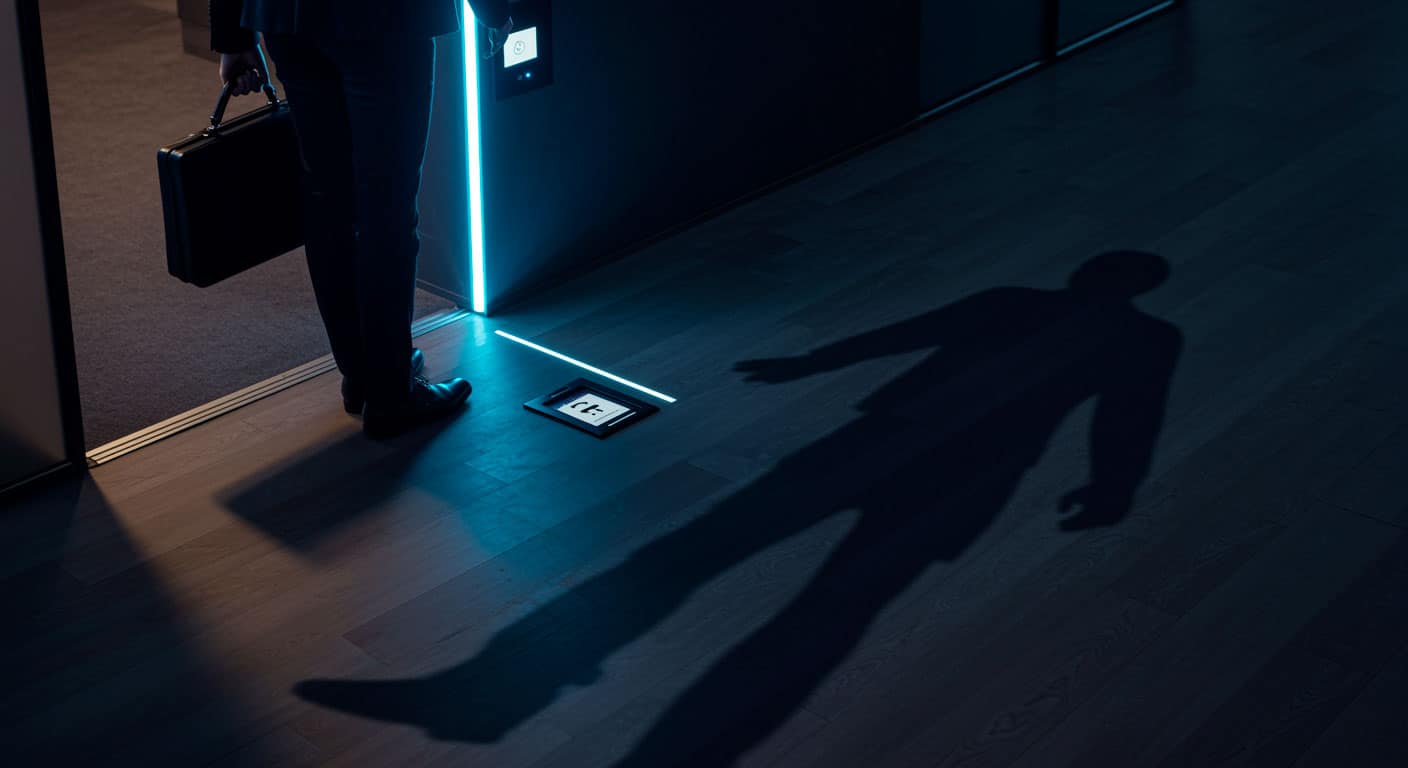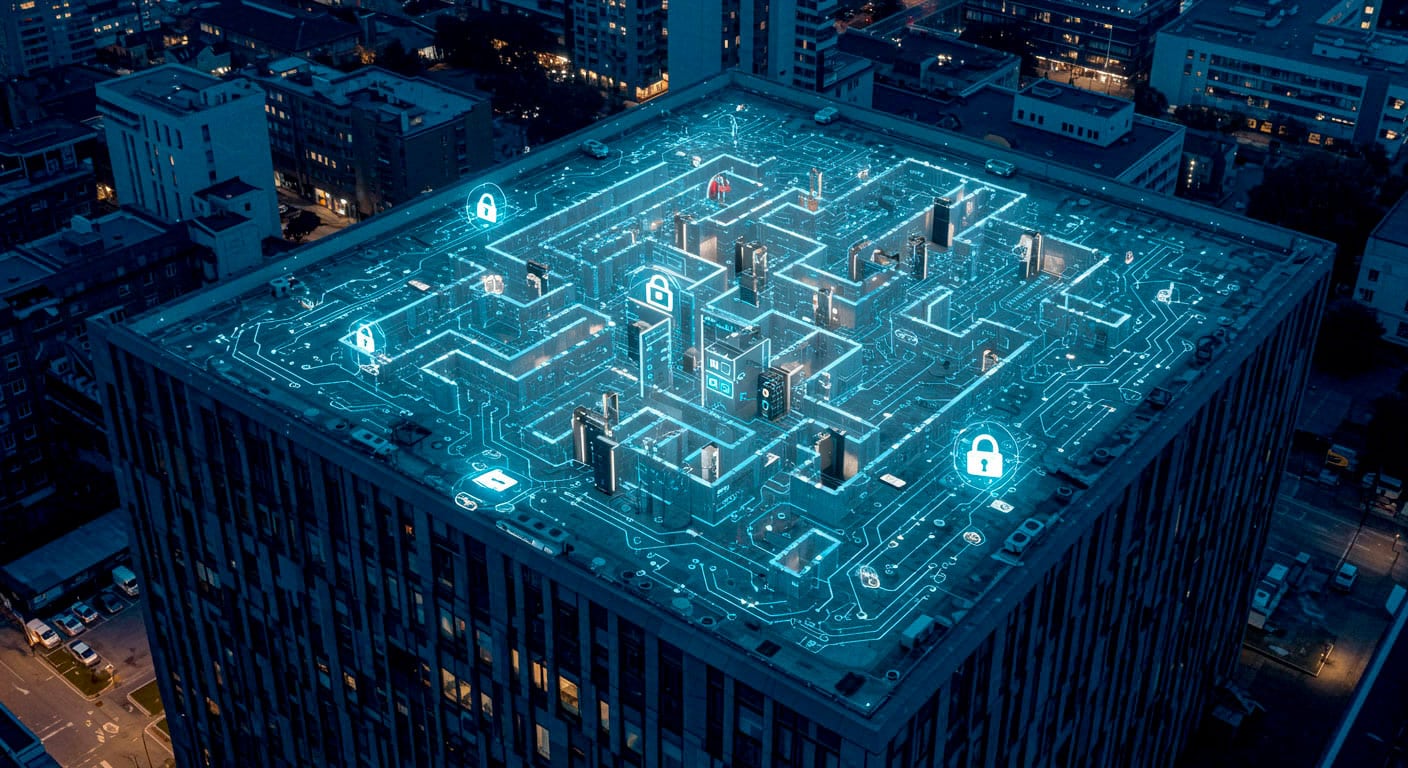Advanced Protection for the Energy and Utilities Sector
With increasing demand for copper in the black market and weak energy infrastructure, it is critical to put in place advanced protection strategies to address these problems.
In recent years, copper theft has increased exponentially, affecting power grids, photovoltaic systems, telecommunications infrastructure and industrial facilities, causing damage that far exceeds the value of the stolen material. The theft of copper cables and components can disrupt the operation of entire networks, causing blackouts, communication disruptions and costly restoration efforts.
In this article, we will take a look at the most effective strategies to prevent sabotage and copper theft in the energy and utilities sector, examining technology solutions, security best practices, and the importance of an integrated approach to protecting critical infrastructure.
The impact of copper theft and sabotage on critical infrastructure
Copper is a metal known for its excellent conductivity and resistance to corrosion, which explains why it is used so much in electrical networks, transformers, transmission cables, and distribution systems. However, its high value on the black market makes it a prime target for thieves.
The main consequences of copper theft include:
- Blackouts and service interruptions: theft of cables and electrical components can cause disruptions in power distribution, affecting industries, homes, and essential services.
- Significant economic damage: companies face high costs to replace stolen equipment and repair damaged infrastructure.
- Public safety hazards: removal of electrical wires puts workers and citizens at risk, exposing them to electrocution hazards and accidents.
- Disruptions in telecommunication services: telecommunication networks rely on copper cables to ensure reliable connections, and their theft can block the transmission of crucial data and communications.
Sabotage, on the other hand, poses an even more serious threat, as it is often premeditated actions aimed at causing large-scale damage, disrupting essential services or creating instability in business operations.
Prevention and Protection Strategies
To combat copper theft and sabotage, companies in the energy and utilities sector must adopt a layered security approach that combines state-of-the-art technology, surveillance, and effective operational strategies.
1. Intelligent Video Surveillance Systems
Surveillance technologies using artificial intelligence and advanced video analytics are key to real-time monitoring of critical infrastructure.
- Thermal and night vision camerastodetect suspicious activity even in low-light conditions.
- Behavior analysis and facial recognitiontoidentify suspicious persons and monitor abnormal movements.
- Real-time alert systems linkedto operations centers to ensure immediate action.
2. Physical Barriers and Access Control.
The installation of robust physical barriers is an effective deterrent against theft and intrusion.
- Anti-scavenging fenceshavebuilt-in sensors to detect break-in attempts.
- Access controlled with biometric authentication or RFID badges,to ensure that only authorized personnel can enter.
- Reinforced security locks for transformers and electrical substations,to prevent unauthorized access.
3. Sensors and Intrusion Detection Systems.
Early detection technologies can really make a difference, reducing response time and preventing theft before it happens. Here are some effective solutions:
- Vibration and motion sensors mountedon cables and infrastructure to detect cutting or removal attempts.
- Geolocation systems on coils and copper cablestokeep track of stolen material.
- Audible and visual alarmsdesignedto deter thieves and alert security personnel.
4. Security Presidium and Active Monitoring.
An effective security strategy must also include the physical presence of trained personnel.
- It is essential to conduct regular patrols and have fixed security garrisonstoensure constant monitoring of critical infrastructure.
- The use of drones for aerial surveillancepermitsthe monitoring of large areas that are difficult to reach.
- It is essential to have rapid interventions coordinated with law enforcementtorespond effectively to security alerts.
5. Alternative Materials and Traceability
Some companies are looking for solutions other than copper to make theft less attractive and reduce the associated risks.
- They are using metal alloys that do not attract the black market but do not compromise efficiency in electrical transmission.
- In addition, they are implementing invisible marking on cables with traceability codes so that they can be easily identified in case of theft.
6. Outreach and Collaboration with Authorities.
Companies have an opportunity to lower the risk of theft and sabotage by actively cooperating with law enforcement and institutions. Here are some effective strategies.
- Implement training programs for staff, teaching them to recognize and report suspicious behavior.
- Establish security plans in synergy with local authorities to enhance surveillance in the most vulnerable areas.
- Support legislative initiatives that would toughen penaltiesforcopper theft, thereby helping to combat the black market.
Conclusions
Copper theft and sabotage are increasingly real and concerning threats to the energy and utilities sector. These events can have serious consequences for operational security, service continuity, and business costs.
It is critical to take a proactive and integrated approach to security to prevent such risks. The use of cutting-edge technologies, implementation of both physical and digital protection systems, constant monitoring, and collaboration with authorities can really make a difference in protecting critical infrastructure and ensuring service continuity.
For companies in the industry, investing in security is no longer just an option, but a strategic necessity to protect their business, assets and public safety.



